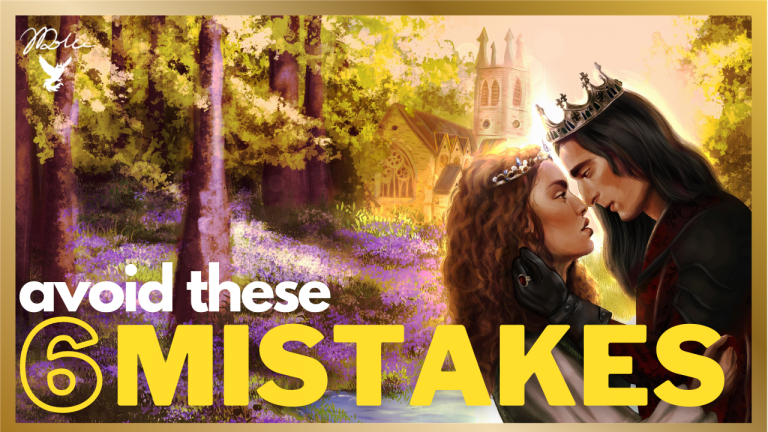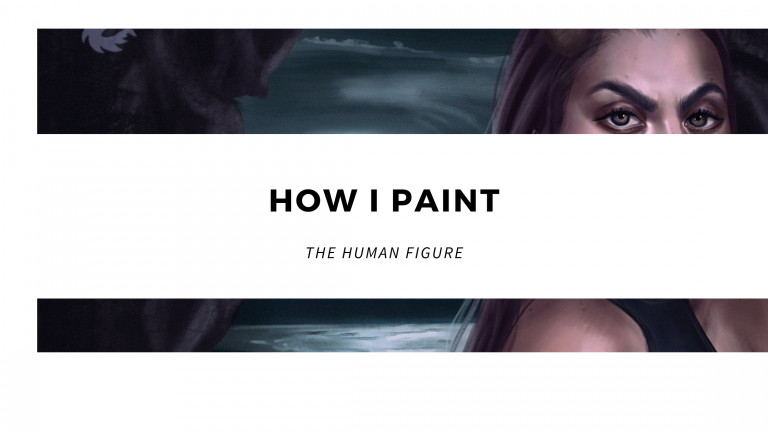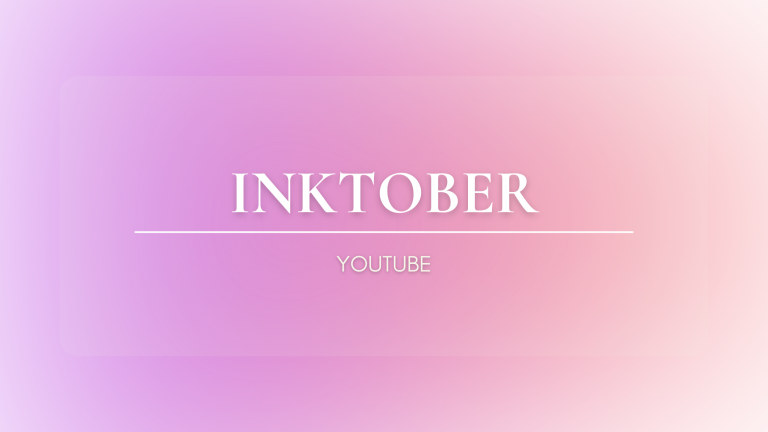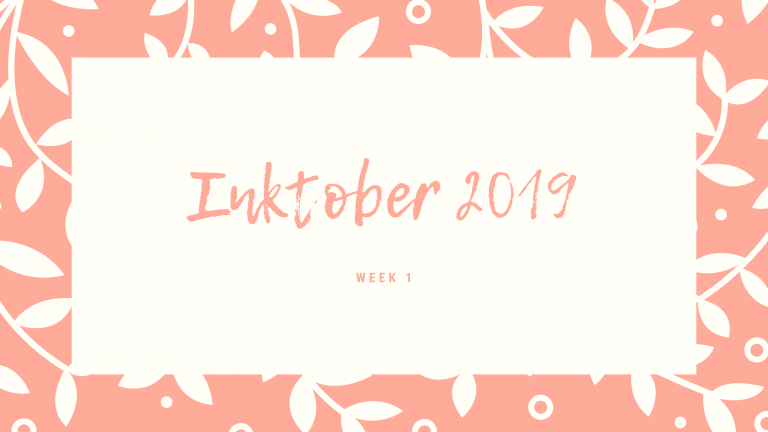You follow incredible artists, read breathtaking books about far away lands, written by incredible authors. They all create wonderful new worlds and stories that make […]
Category: Blog
✨𝐇𝐨𝐰 𝐭𝐨 𝐏𝐚𝐢𝐧𝐭 𝐅𝐚𝐧𝐭𝐚𝐬𝐲 𝐀𝐫𝐭✨ – DnD Character Art Made Easy
I work a lot with fantasy art and most of my commissions are for Dnd character art. I’ve painted a lot of characters, and today […]
𝐃𝐢𝐠𝐢𝐭𝐚𝐥 𝐀𝐫𝐭 𝐁𝐞𝐠𝐢𝐧𝐧𝐞𝐫 𝐌𝐢𝐬𝐭𝐚𝐤𝐞𝐬🤚⛔️ – 6 Tips I Wish Someone Told Me
You’re new to digital art, just starting out and have no idea how to go about it? I’m gonna give you Six incredibly useful tips, […]
Digital Art For Beginners
Do you ever find yourself on the internet, looking at digital art and thinking: “oh my god this is so cool, I really wish I knew how […]
How I Paint the Human Figure
Hi everyone welcome back! It’s been a while. I have been quite busy for the last few months, what with a pandemic going on outside […]
5 Tips for Painting Characters
Today I’m bringing you five tips on how to paint imaginary characters. Tip number 1: Have a good description of your character’s physical appearance. Today […]
Inktober – Youtube
My first week of inktober on review, with video process of each one of the pieces and some of my thoughts on the experience. If […]
Inktober 2019 – Week 1
Inktober is upon us once more and this time, I shall be conquering the challenge. I’ve been participating in inktober for a few years, but […]









